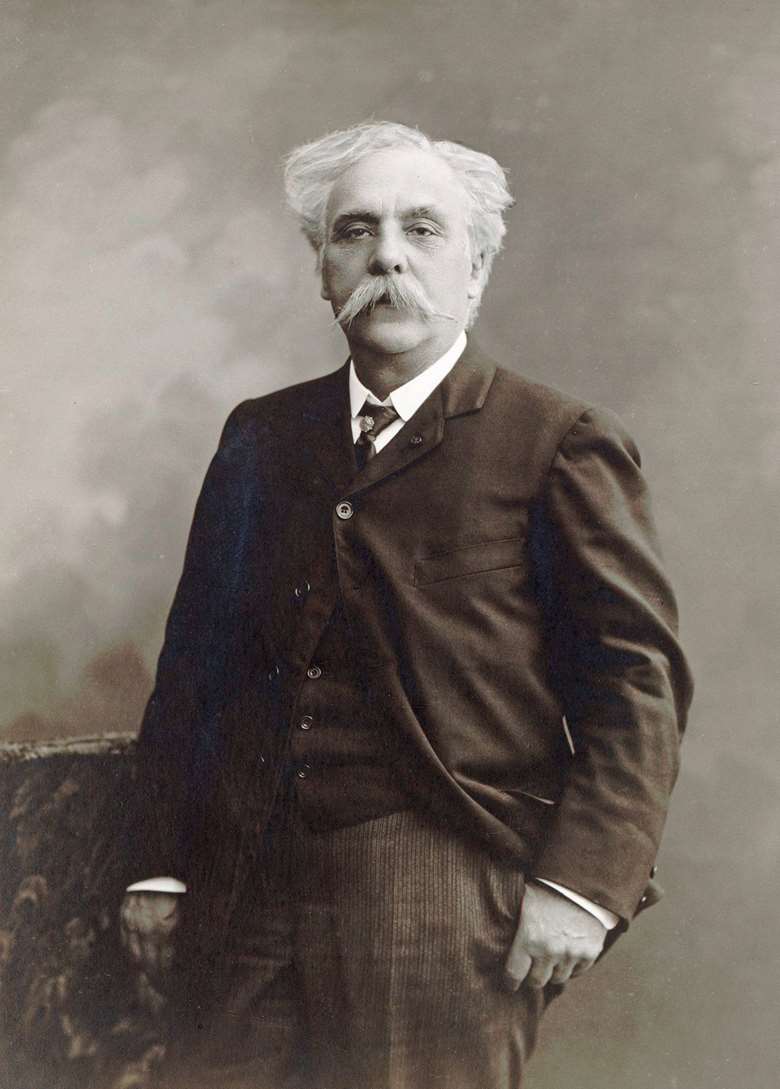Recording focus: Marc-André Hamelin on Fauré's Nocturnes and Barcarolles
Harriet Smith
Tuesday, September 26, 2023
Marc-André Hamelin is well known for his omnivorous appetite for the highways and byways of the piano’s repertoire. He talks to Harriet Smith about exploring the refined subtleties of a fin de siècle French composer

Register now to continue reading
This article is from International Piano. Register today to enjoy our dedicated coverage of the piano world, including:
- Free access to 3 subscriber-only articles per month
- Unlimited access to International Piano's news pages
- Monthly newsletter






